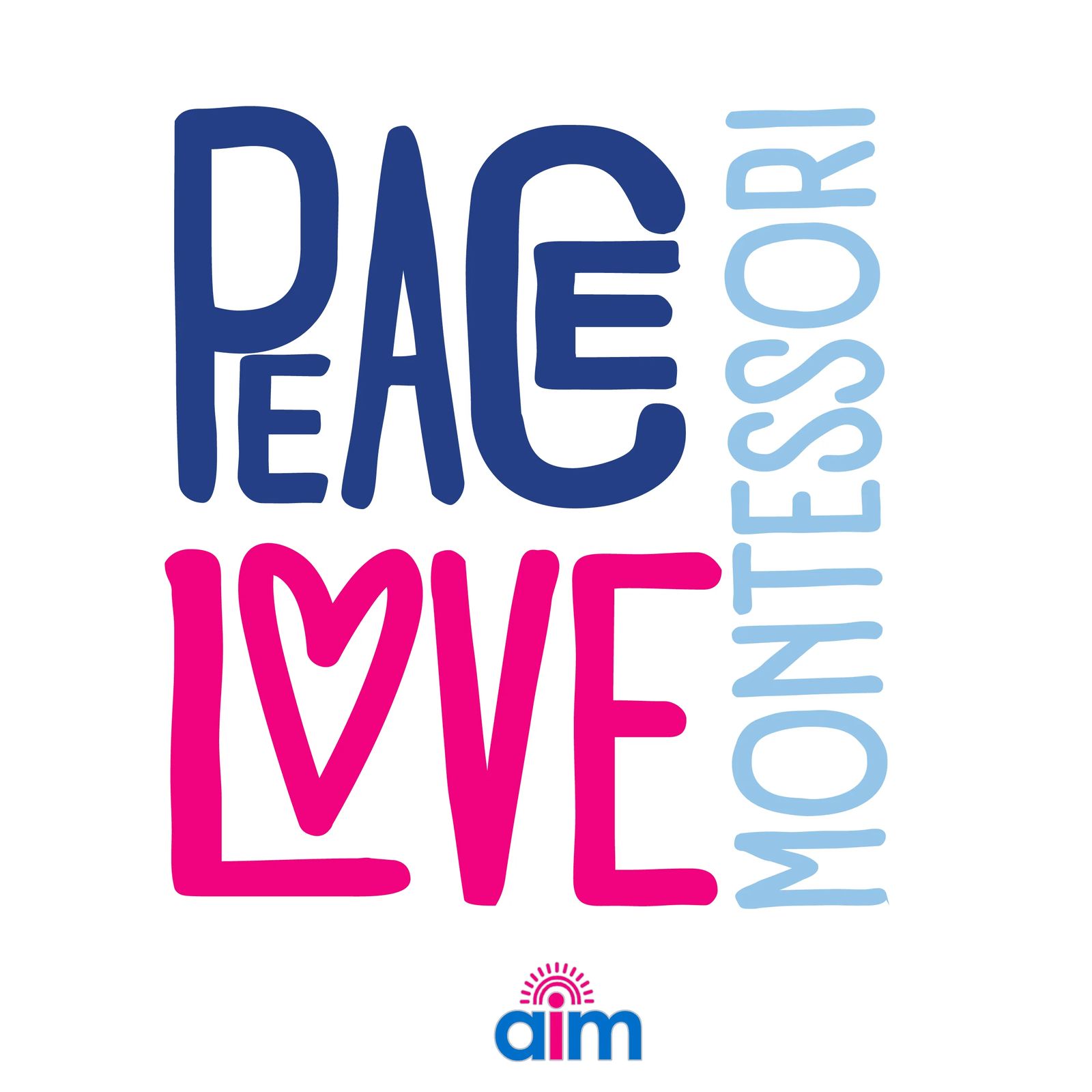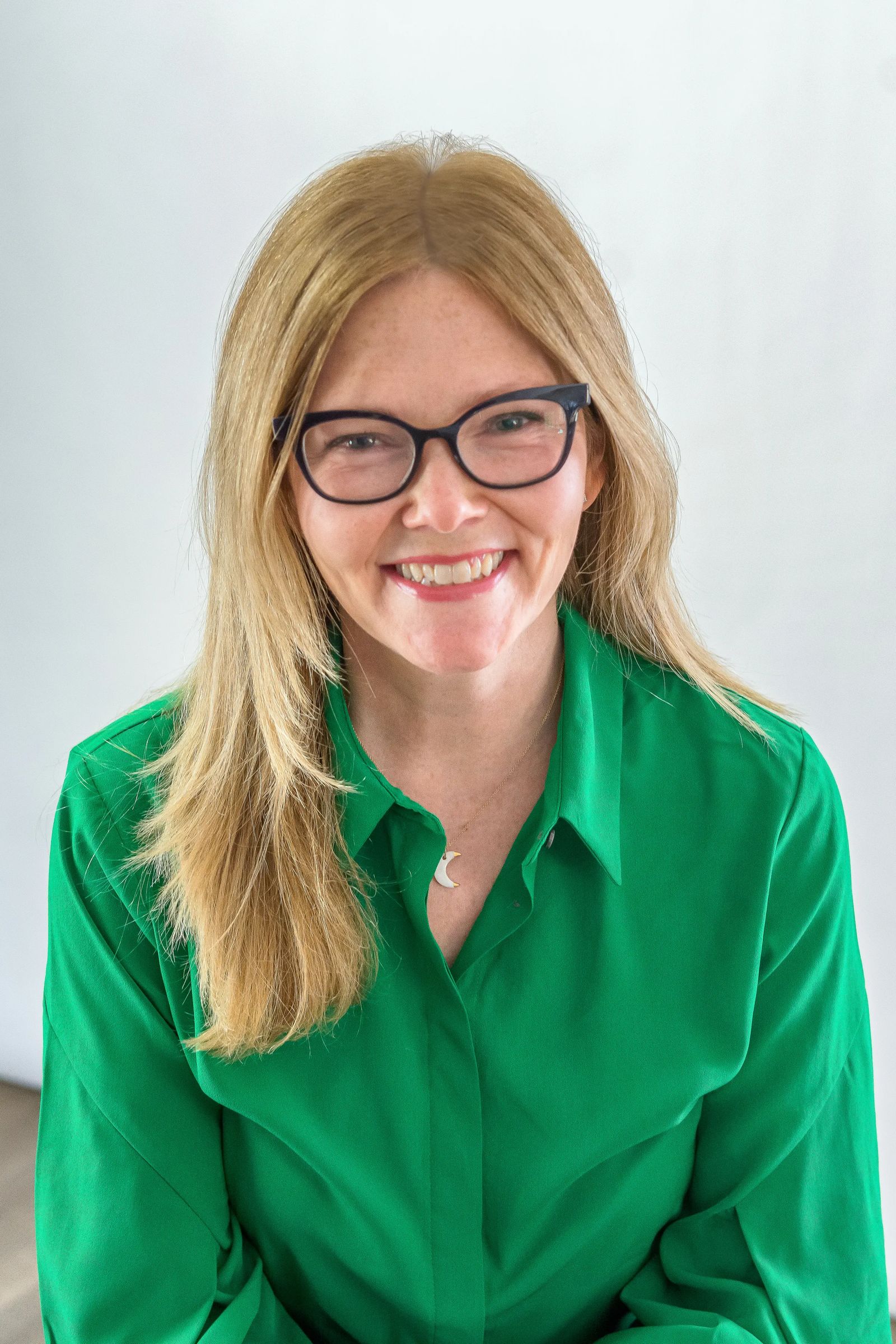First Peace
January 7, 2024
“Avoiding war is the work of politics; establishing peace is the work of education.”
Dr. Maria Montessori

Montessori’s Vision for Peace
To understand Montessori’s vision of peace education, one must understand what she thought was the root of all conflict. When a child’s natural development is interrupted or limited by adult interference, or factory model education imposed on the child with no regard for the child, this is the root of all conflict. The uprooting of this conflict is essentially Montessori’s life work and is essentially the basis for peace education.
Grace & Courtesy
Grace and courtesy lessons begin in a classroom on the first day of school. These help children in their relationships with peers, teachers and also help build self-confidence as community members. Children experience that when they drop a real glass, it breaks. They learn how to clean up a water spill (orany spill), how to interrupt (in a non-emergency) politely, and how to take care of classroom materials. They learn to wait for materials they want to use but are being used by another child. They learn to walk carefully in the classroom and around work mats to avoid disturbing anyone's work. However, there is no shelf work for this unit, and for some of these things, no teacher is directing because the children learn through experience. The work lies in the outcome of a mixed-age group of children experiencing the daily occurrences in a Montessori classroom. In her book, The Absorbent Mind, Montessori writes, "The child comes to see that he must respect the work of others, not because someone has said he must, but because this isa reality he meets in his daily experience. "Social cohesion comes through a community based on the reality of a mixed-age group (just like a family or a neighborhood).
We prepare the classroom for learning, but first, we cultivate peace within and among the children, so learning can happen.
Social-Emotional Curriculum
Breadcrumbs, a social-emotional heart-centered learning curriculum founded by Melinda Cropsey, aligns with Montessori’s idea of peace education. In our fast-paced, technologically driven world, there is an increased need for children and adults to develop tools to deal with stress and anxiety and to cultivate healthy relationships with themselves and others. Research supports developing these skills in early childhood. This curriculum joyfully cultivates these skills and incorporates many of Montessori’s ideas by teaching children to connect their hearts and minds using breathwork, children’s literature and art activities. You can learn more about Breadcrumbs curriculum on their website.
Embracing Human Differences
Critical to establishing peace within oneself, the classroom, and the larger community, and ultimately globally, there must be an emphasis on celebrating and acknowledging human differences as strengths. Through literature, art, music, cultural studies, and discussion, we commit to valuing and embracing diversity and differences. Children’s questions and observations about differences are answered, honored, and guided. To this end, children will develop a healthy individual identity.

Liz Goodman currently teaches in a primary classroom at King’s Wood Montessori School in Foxboro, Massachusetts. She lives in Sharon, Massachusetts with her husband where they raised two children, a recent college graduate and rising college junior. Liz holds a M.Ed. in Montessori Education from Xavier University, a Montessori Early Childhood Certification from aim, and a B.A. in U.S. History from Central Connecticut State University. Her experience as an educator spans over 20 years both as a high school teacher, and for the past 11 years in an early childhood Montessori classroom.


